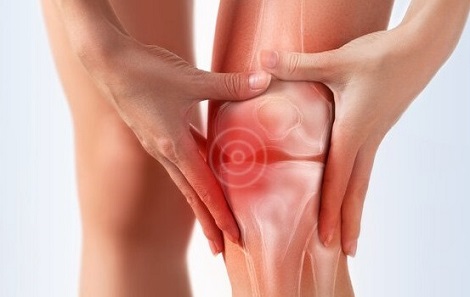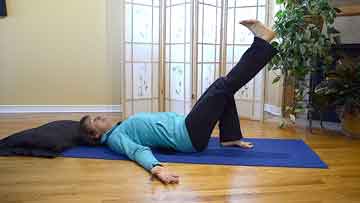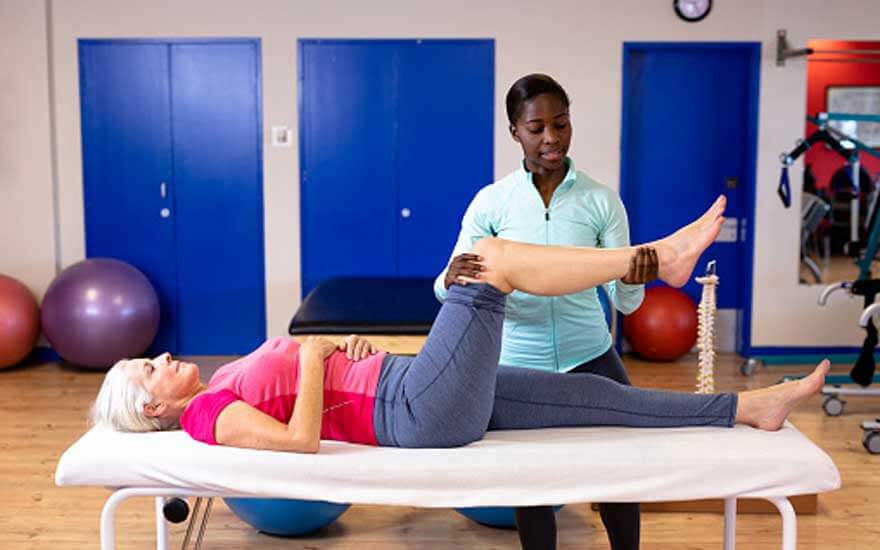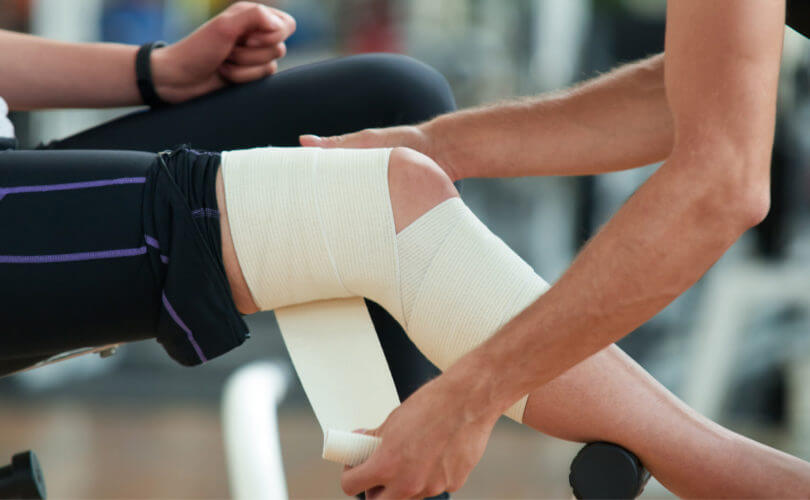When it comes to fitness, many people focus solely on building strength and muscle mass. While this is important, it is equally important to prioritize joint stability and mobility. Joint stability refers to the ability of a joint to maintain its proper alignment and function during movement, while mobility refers to the range of motion of a joint. In order to achieve optimal overall fitness, it is crucial to harmonize strength and flexibility through stability and mobility training.

by Markus Spiske (https://unsplash.com/@markusspiske)
The Importance of Joint Stability
Joint stability is essential for injury prevention and proper movement patterns. When a joint lacks stability, it can lead to compensations and imbalances in the body, which can increase the risk of injury. For example, if the hip joint lacks stability, it can cause the knee to collapse inward during movements such as squats or lunges, putting excess stress on the knee joint and potentially leading to injury. By prioritizing joint stability, you can improve your overall movement quality and decrease your risk of injury.
Stability Training Exercises
There are a variety of exercises that can help improve joint stability. These include single-leg exercises, such as single-leg deadlifts and single-leg squats, which challenge the body to maintain balance and stability. Core exercises, such as planks and side planks, also help improve joint stability by strengthening the muscles that support the spine and pelvis. Additionally, incorporating balance exercises, such as standing on one leg or using a balance board, can help improve joint stability.
The Role of Mobility
While joint stability is important, it is equally important to have adequate mobility in your joints. Without proper mobility, your body may compensate by using other muscles or joints to perform movements, which can lead to imbalances and injuries. For example, if the ankle joint lacks mobility, it can cause the knee to rotate inward during movements, putting excess stress on the knee joint. By incorporating mobility training, you can improve your range of motion and decrease your risk of injury.
Mobility Training Exercises
Mobility training involves stretching and foam rolling to improve the range of motion in your joints. Dynamic stretching, which involves moving through a range of motion, is particularly beneficial for improving mobility. Foam rolling, or self-myofascial release, can also help improve mobility by releasing tension and adhesions in the muscles and connective tissue. It is important to incorporate both static and dynamic stretching into your routine to improve overall mobility.
Finding the Balance
In order to achieve optimal fitness, it is important to find a balance between stability and mobility training. Prioritizing one over the other can lead to imbalances and potential injuries. By incorporating both stability and mobility exercises into your routine, you can improve your overall movement quality and decrease your risk of injury.
Conclusion
In the world of fitness, it is important to remember that strength and muscle mass are not the only indicators of overall fitness. Prioritizing joint stability and mobility through stability and mobility training is crucial for injury prevention and optimal movement patterns. By incorporating these techniques into your routine, you can achieve a harmonious balance between strength and flexibility, leading to improved overall fitness and well-being.




